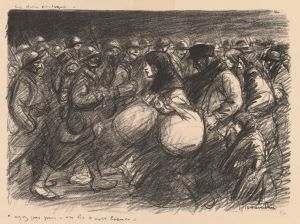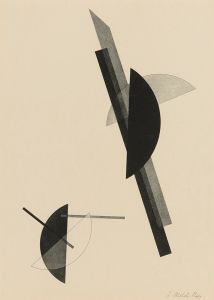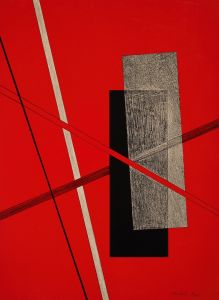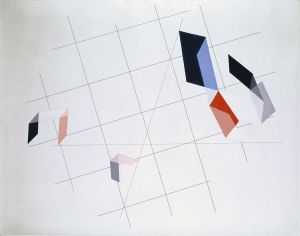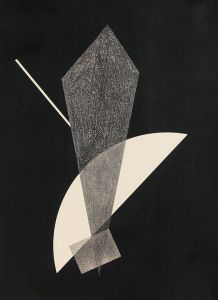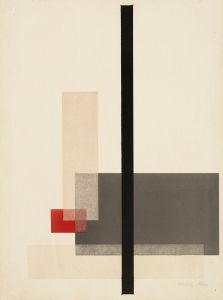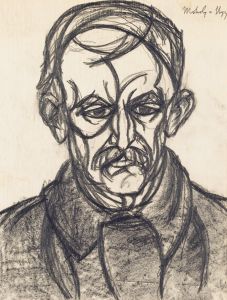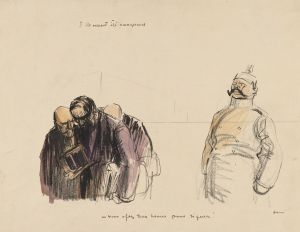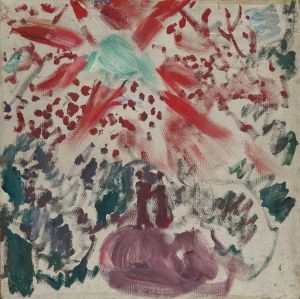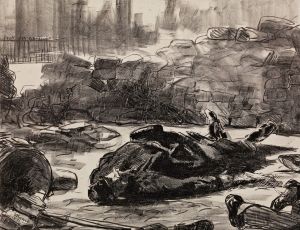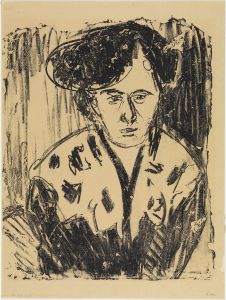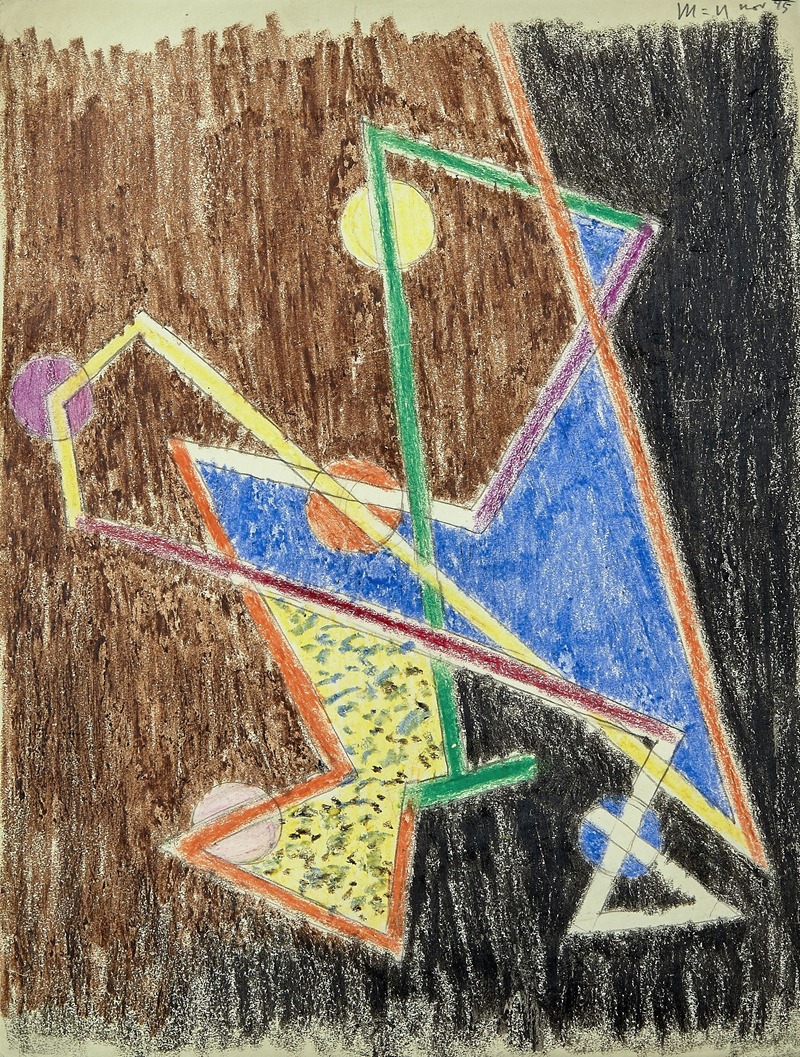
Sans titre
A hand-painted replica of László Moholy-Nagy’s masterpiece Sans titre, meticulously crafted by professional artists to capture the true essence of the original. Each piece is created with museum-quality canvas and rare mineral pigments, carefully painted by experienced artists with delicate brushstrokes and rich, layered colors to perfectly recreate the texture of the original artwork. Unlike machine-printed reproductions, this hand-painted version brings the painting to life, infused with the artist’s emotions and skill in every stroke. Whether for personal collection or home decoration, it instantly elevates the artistic atmosphere of any space.
László Moholy-Nagy was a Hungarian artist and educator, known for his pioneering work in painting, photography, and design. He was a key figure in the Bauhaus movement and is celebrated for his innovative approach to art and technology. Moholy-Nagy's work often explored the relationship between light, space, and form, and he was instrumental in integrating new technologies into the arts.
"Sans titre" (Untitled) is one of Moholy-Nagy's works that exemplifies his experimental approach to art. While specific details about this particular piece are scarce, it is consistent with his broader body of work, which often includes abstract compositions that challenge traditional perceptions of art. Moholy-Nagy's art is characterized by its use of geometric shapes, dynamic compositions, and a focus on the interplay of light and shadow.
Throughout his career, Moholy-Nagy was deeply influenced by Constructivism, a movement that emphasized the use of industrial materials and modern technology in art. This influence is evident in his use of materials and techniques that were unconventional at the time. He often employed photograms, a photographic technique that captures images without the use of a camera, by placing objects directly onto light-sensitive paper and exposing them to light. This method allowed him to explore the abstract qualities of light and shadow, a theme that is prevalent in his work.
Moholy-Nagy's tenure at the Bauhaus, a revolutionary school of art, architecture, and design in Germany, was a significant period in his career. At the Bauhaus, he taught the foundations of design and experimented with new media and techniques. His teachings and works from this period reflect his belief in the integration of art, technology, and industry. He advocated for the use of new materials and processes, which he believed could lead to a new visual language for the modern age.
In addition to his work in visual arts, Moholy-Nagy was also a prolific writer and theorist. His book "Vision in Motion" outlines his philosophy on art and education, emphasizing the importance of adaptability and innovation in the face of technological advancements. This philosophy is evident in his artistic practice, where he continuously sought to push the boundaries of traditional art forms.
"Sans titre" can be seen as a representation of Moholy-Nagy's commitment to abstraction and his exploration of the possibilities offered by new artistic techniques. While specific information about this piece is limited, it likely embodies the principles that defined his career: a focus on light, form, and the integration of technology into art.
Moholy-Nagy's legacy is significant, as he paved the way for future generations of artists to explore the intersection of art and technology. His work continues to inspire contemporary artists and designers who seek to innovate and challenge conventional artistic practices. Through his experimental approach and visionary ideas, Moholy-Nagy remains a pivotal figure in the history of modern art.





